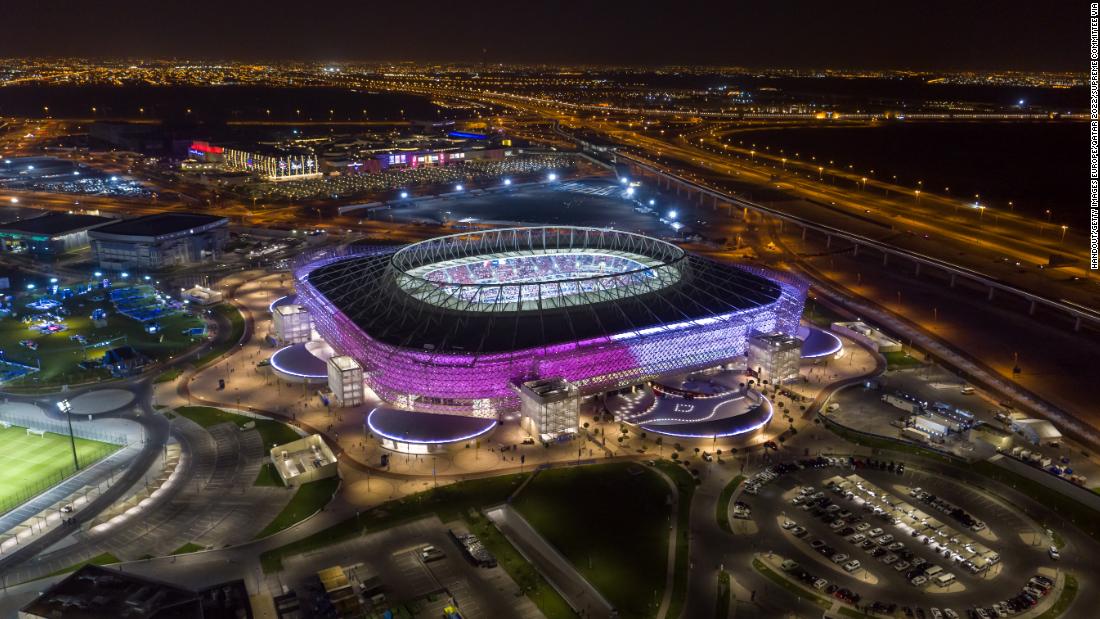Located in the city of Al Rayyan, it was officially opened in December and is described as a venue that “tells the story of Qatar” and will host seven games at the World Cup.
Built on the site of the old stadium, the organizers have used more than 90% of the demolished material in building new stadiums, according to Hassan Al Thawadi, secretary general of Qatar’s Supreme Committee for Delivery and Legacy.
Its proximity to other venues is designed to make the tournament accessible for fans.
“The fact that this stadium is five kilometers away from the Education City Stadium represents the fact that it is a compact World Cup,” added Al Thawadi.
“We always made that commitment to the fans. The best way to describing it is the Olympic spirit but within the World Cup.
“I think fans will be able to watch more than one match a day and that’s a very unique offering.”
The stadium will also play host to numerous FIFA Club World Cup matches, including the opening match between Qatari champions Al Duhail and Auckland City of New Zealand on February 1, 2021.
As well as the Ahmad Bin Ali Stadium and the Education City Stadium, the two other completed venues are Al Janoub Stadium and the Khalifa International Stadium.
The awarding of the 2022 World Cup to Qatar in 2010 has been mired in controversy as allegations of human rights violations against workers have been leveled at the country.

